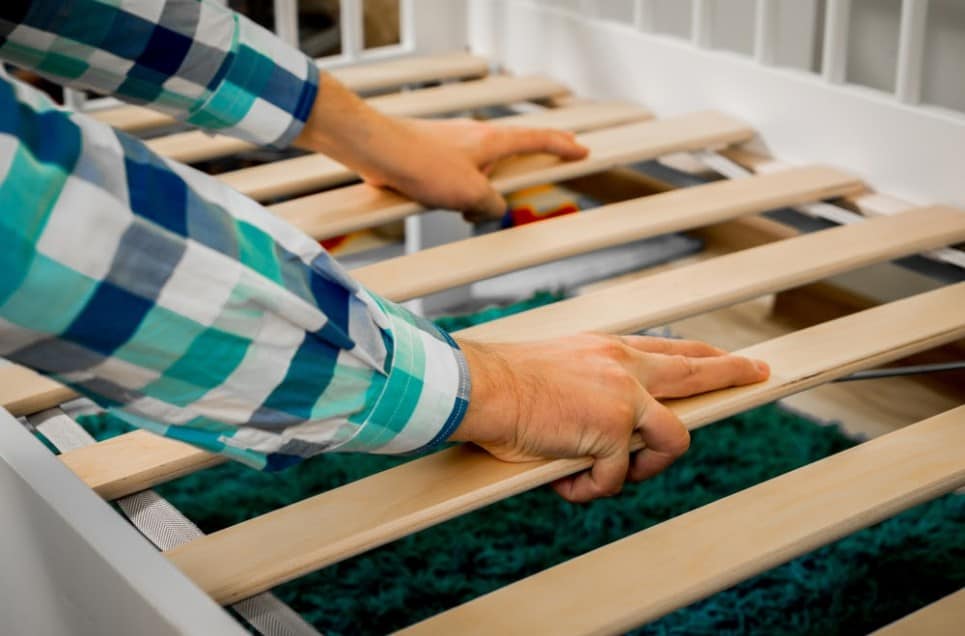A bedroom is a private space for everyone. It’s a space that might make you shut the door when you have company, not because of any mess but because it’s a sacred space that not anyone can see. Because of this, it is a space that you want to make entirely yours. You want to have your relaxation area, your “me” time, and bring you to a stronger state of peace.
With a space that is so important, it is easy to spend a lot of money renovating the area. You need to pick out the perfect carpet, wallpaper or paint, and the best furniture that will give you a feeling of security – especially when it comes to your bed. You want a comfortable bed, doesn’t take up a lot of room, yet it will help you stay organized. This means you might want a bed frame with shelves and drawers, but they are too much for your budget. If this sounds like you or you have an idea to give your child a new and bigger bed but don’t want to pay for any overpriced bed frames, you need to continue reading so you can learn how to make a bed frame.

To Complete This Process, You Need To Follow Three Parts
Three main parts go into making your own bed frame, and each section contains a series of steps. Now hold on, this doesn’t mean that you hit the back button and tell yourself that you can’t do this. You can build the best bed frame for you or a member of your family, no matter how little experience you have in making anything.
Don’t let the few parts and several steps frighten you because this process is one of the most natural methods to follow for making a bed frame. The three parts include building the base, building support for the headboard and mattress, and then finishing the bed.




















